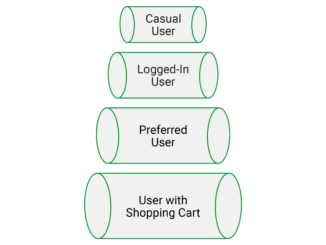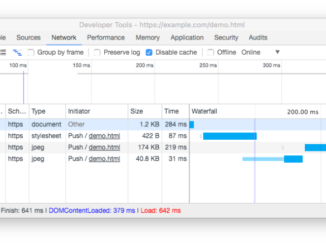
Dynamic Bandwidth Limits Using the NGINX Plus Key-Value Store
Dynamic Bandwidth Limits Using the NGINX Plus Key-Value Store The key‑value store feature was introduced in NGINX Plus Release 13 for HTTP and extended to TCP and UDP in Release 14. With key‑value stores, you can customize how NGINX Plus handles traffic, based on all sorts of criteria, without needing to reload the configuration or restart NGINX Plus. In previous blog posts, we’ve described how to use key‑value stores for blacklisting IP addresses and A/B testing. In this blog post, I describe how to use key‑value stores to impose different bandwidth limits for different categories of users, in support of application performance goals. This practice is one way to implement what is often referred to as class of service. Throttling Bandwidth There are many reasons to throttle bandwidth in web applications. On an ecommerce site, for example, you can enhance the user experience for users [ more… ]


